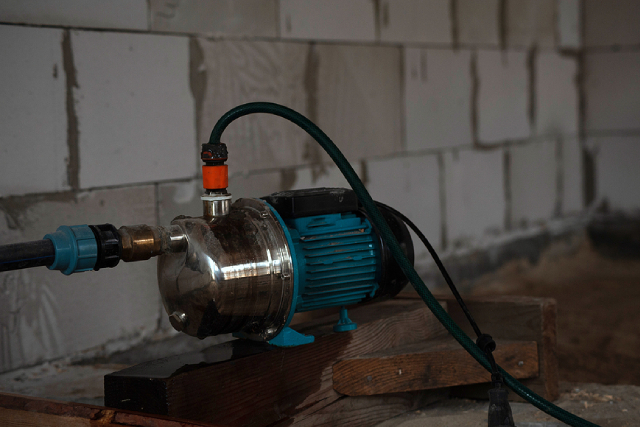Water Transfer Pump Safety: Best Practices and Precautions

Water transfer pumps are invaluable tools, serving a wide range of purposes, from agricultural irrigation to construction projects. These versatile machines can make life easier, but they also come with a set of safety concerns that should never be overlooked.
In this article, we will explore essential guidelines for safe water transfer pump operation, ensuring your work remains efficient and secure.
1. Ensuring equipment integrity
Before you begin any pumping operation, it is vital to inspect the water transfer pump thoroughly. This visual check should include a detailed examination of all components. Look out for any visible damage, loose bolts, or potential leaks. Pay special attention to the power cord or fuel lines, ensuring they are in good condition. If any issues are spotted, address them immediately and refrain from using the pump until it is deemed safe.
2. Understanding manufacturer guidelines
Every water transfer pump comes with a manufacturer's manual, often overlooked but brimming with invaluable information. It is essential to set aside some time to read and comprehend this manual. Here, you will find detailed instructions on safe operation, maintenance schedules, and troubleshooting guides tailored specifically to your pump model. Familiarising yourself with this manual can significantly enhance your pump's safe and efficient use.
3. Safely operating gas-powered pumps
Gasoline-powered water transfer pumps can emit harmful fumes that pose significant risks if not handled correctly. Thus, whenever you're operating such pumps, it is crucial to do so in a well-ventilated area. Gasoline fumes, if concentrated in enclosed spaces, can lead to carbon monoxide buildup, a potentially lethal situation. Adequate ventilation, whether natural or through mechanical means, is essential to maintain a safe working environment.
4. The importance of PPE
The right Personal Protective Equipment (PPE) can be your shield against potential dangers when using water transfer pumps. While the specific gear required may vary depending on the pump type and the work environment, there are some general recommendations. At a minimum, safety goggles should be worn to shield your eyes from splashes and debris. Depending on the task and environment, consider adding ear protection, gloves, and sturdy steel-toed boots to your safety gear. This precautionary measure ensures you're well-protected while operating the pump.
5. Secure pump placement
A water transfer pump should always be positioned on a stable, level surface before operation. The importance of this step cannot be overstated, as an unsecured pump can lead to accidents or damage. If you're working with a high-powered pump, securing it is even more critical. Secure the pump using appropriate methods, such as straps or blocks, to prevent any unintended movement during operation.
6. Knowing how to shut down for safety
Despite all precautions, emergencies can still happen. It is vital to be prepared for unexpected situations by familiarising yourself with the emergency shutdown procedures for your water transfer pump. This knowledge can be the difference between preventing further damage and ensuring the safety of everyone involved. Always keep emergency shutdown instructions easily accessible and share them with anyone who may operate the pump.
7. Best practices for gas and diesel pumps
Gasoline and diesel-powered pumps require special attention when it comes to refuelling. It is essential to follow best practices to avoid accidents. Always perform refuelling in a well-ventilated area, far from open flames, sparks, or other potential ignition sources. Before refuelling, ensure that the pump is turned off and has had sufficient time to cool down. Overfilling the fuel tank should also be avoided to prevent spills and potential fire hazards.
Conclusion
Water transfer pumps - much like electric diaphragm pumps, are indispensable tools for a myriad of applications, but they should always be handled with care and attention to safety. By following these best practices and precautions, you can ensure that your pump operations are not only efficient but also safe for you and those in the vicinity. For any appliance, it is essential to remember safety tips to prevent any injuries. Remember that a well-maintained and properly operated pump not only gets the job done but does so without compromising anyone's well-being.

